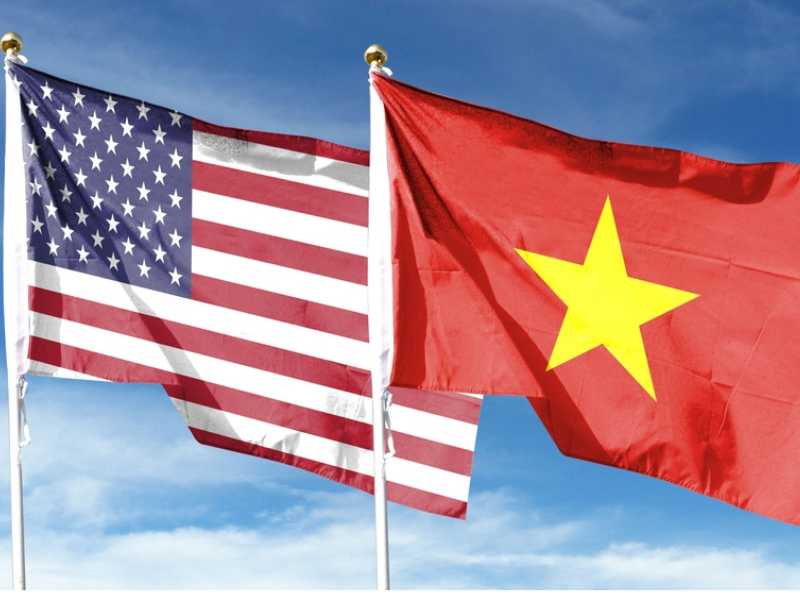Vietnam’s 20% tariff is a topic of considerable interest as the country navigates its position in global trade, particularly in light of recent US trade deals. While this tariff is slightly higher than those of its Southeast Asian neighbors, it does not diminish Vietnam’s competitive edge. This article explores why Vietnam remains a strong player in the international market despite its tariff situation.
Understanding Vietnam’s 20% Tariff

In July 2025, the US announced new tariff rates for various countries in the Asia-Pacific region. Japan received the lowest tariff at 15%, while both the Philippines and Indonesia were set at 19%. Vietnam’s 20% tariff, although higher, only marginally exceeds that of the Philippines and Indonesia by 1 percentage point.
Historically, Vietnam’s tariff situation has improved significantly. Initially threatened with a staggering 46% tariff, the reduction to 20% represents a major victory for Vietnamese trade. This reduction not only levels the playing field with other Southeast Asian nations but also signals a commitment to maintaining competitive trade relations. The slight difference in tariff rates suggests that Vietnam’s overall market potential and structural advantages can offset any disadvantages posed by this tariff.
Vietnam’s Competitive Advantages
Despite Vietnam’s 20% tariff, Vietnam boasts several competitive advantages that position it favorably in the global market.
Proximity to China
Vietnam’s geographical location provides it with strategic access to China, the world’s manufacturing powerhouse. This proximity allows for fast and cost-effective sourcing of raw materials, which is crucial for various industries. The seamless flow of materials from China to Vietnam ensures that manufacturers can maintain productivity and meet market demands efficiently.
While Vietnam’s 20% tariff presents certain challenges, the country’s ability to leverage its location and enhance supply chain efficiencies helps mitigate these impacts. By optimizing production processes and maintaining strong trade relationships, Vietnam remains an attractive destination for global businesses.
Young, Competitive Labor Force
Another significant advantage is Vietnam’s young and dynamic labor force. With a median age of around 30, the workforce is not only plentiful but also increasingly skilled. This demographic advantage is particularly beneficial for labor-intensive industries such as textiles and electronics, where rapid production and adaptability are essential.
Established Industrial Capabilities
Vietnam has developed robust industrial capabilities across various sectors, including electronics, textiles, furniture, and agriculture. These established industries not only contribute to domestic economic growth but also enhance Vietnam’s attractiveness as a manufacturing hub for international businesses. The country’s commitment to industrialization has positioned it as a viable alternative to countries with higher production costs.
Trade Surplus and Economic Strength

Vietnam’s economic landscape is further strengthened by its impressive trade surplus with the United States, which exceeded $120 billion in 2024. This substantial surplus indicates that Vietnam maintains a strong demand for its exports, suggesting that American consumers and businesses are increasingly reliant on Vietnamese goods.
The trade surplus is a testament to Vietnam’s integration into global supply chains. As a vital link in these chains, Vietnam is not just a manufacturer but a critical player in the distribution of goods worldwide. This role mitigates some of the negative impacts that Vietnam’s 20% tariff may have on its trade relationships.
Despite the challenges posed by Vietnam’s 20% tariff, the country’s strong export performance and strategic position in global markets allow it to navigate these hurdles effectively. By continuing to enhance its industrial capabilities and engage in trade negotiations, Vietnam can further solidify its role as a key player in the international arena.
Free Trade Agreements (FTAs)

Vietnam’s strategic participation in free trade agreements (FTAs) is another key factor that enhances its global trade position. Currently, Vietnam is part of 20 FTAs, with 16 already in force. These agreements facilitate smoother trade relations by reducing tariffs and providing better access to foreign markets, which is especially beneficial for sectors like FIBC bags.
One notable FTA is the Comprehensive and Progressive Agreement for Trans-Pacific Partnership (CPTPP), which includes several major economies. These agreements not only lower trade barriers but also enhance Vietnam’s negotiating power on the global stage.Ongoing negotiations for new FTAs further indicate Vietnam’s proactive approach to expanding its trade network.
Ongoing Negotiations and Future Outlook

Vietnam is actively engaged in negotiating its trade terms, which could lead to even more favorable conditions in the future. Reports suggest that Vietnam is disputing Vietnam’s 20% tariff, with initial negotiations aiming for a more competitive rate of 11%. This proactive stance demonstrates Vietnam’s commitment to improving its trade terms and ensuring that it remains an attractive destination for foreign investment.
The reduction from a threatened 46% to Vietnam’s 20% tariff has already helped reduce policy uncertainty, fostering an environment of investor confidence. As Vietnam continues to negotiate better terms, the potential for further tariff reductions could enhance its competitive position even more.
By addressing Vietnam’s 20% tariff through ongoing negotiations, Vietnam aims to strengthen its appeal as a manufacturing hub, attracting more foreign investment and enhancing its capacity to produce high-quality products, including FIBC bags. As these discussions progress, Vietnam’s efforts to secure better trade conditions will likely lead to greater economic resilience and opportunities for its key industries.
Conclusion
Vietnam’s 20% tariff does not signify its exclusion from competition in the global market. The marginal difference compared to the tariffs of its regional counterparts, coupled with its strategic advantages such as proximity to China, a young labor force, established industrial capabilities, and a significant trade surplus, ensures that Vietnam remains a competitive player.
As the country continues to pursue ongoing negotiations and expand its network of free trade agreements, the outlook for Vietnam’s trade success remains promising. Businesses looking to engage in the global market should consider Vietnam not just as an option, but as a strategic partner poised for growth and innovation.

